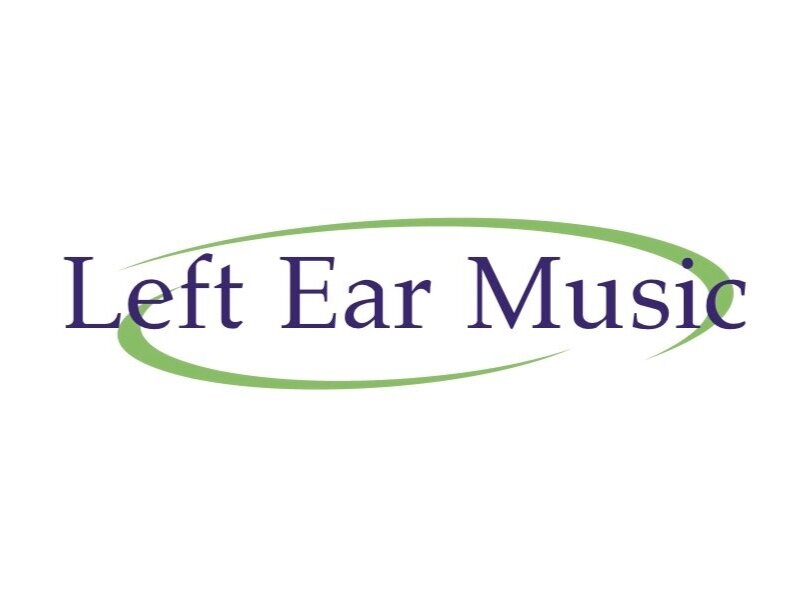Long Tones -Defined
As a young student the teacher always preached to play long tones to develop muscles and sound. It was good advice then and still the portal to any listeners ears when a players sound is in a constant state of bloom. The Long Tone is a revealer, a truth teller, a lie detecter. It will show many weaknesses immediately. As an exercise to maintain it is the push ups of embouchure matainence for me. As a doubler I still delve deeply into long tones as a way of pin pointing the way muscles are tensing and responding. How do my lips feel?, am I in a strong place or am I feeling slight fatigue?,My stomach muscles feel uncomfortable, should I change the reed? Relax, my mind is racing. I feel like I am not breathing correctly. I don’t want to do this now.
Stop moaning and explore the next level of moving air within your sound and finding these unique ways to animate and lift the sound your making into the air with a life enforcing presence and not adding volume. Pushing air, playing deep into resistance ,feel a warm push back to float in. These are terms that I use and have worked for me to maintain a large array of woodwind doubles and play at a studio level. It has become a form of meditation for me these days to work through the blocks that always appear as one becomes intimite with his instrument.
Circular Breathing and Long Tones
This level of long tone playing is more than useful for developing a real power in your embouchure. It is chops aerobics for sure. Watch this short video of me playing this way on the oboe.
I do this as a daily exercise to always keep a flow going. It wakes up the body and mind for me ,I get past the instrument and can then be only concerned with making music.
